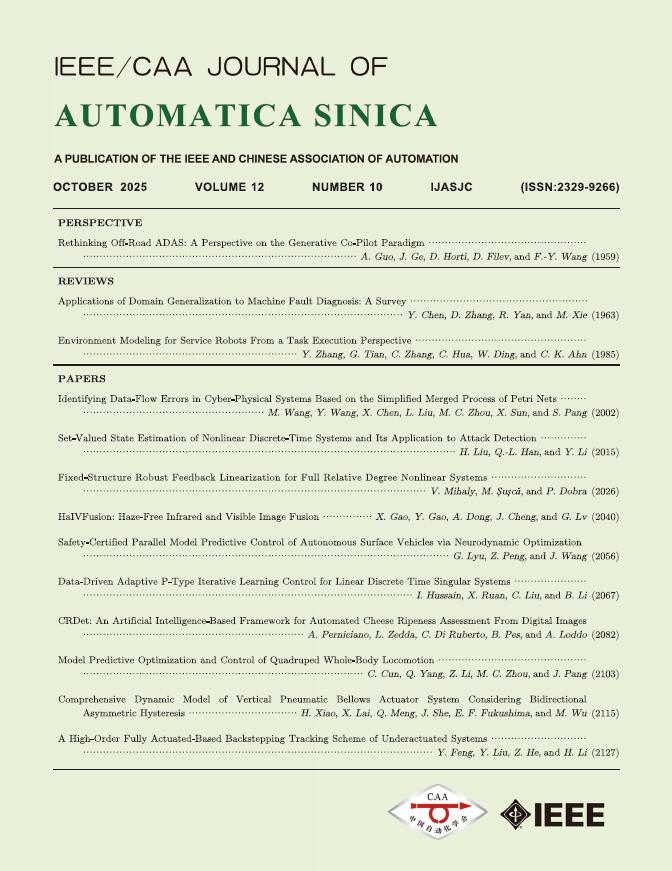Inspired by dynamic, interactive network structures found in nature and human society, seven scientists from five institutes around the world developed a general framework that varies over time to more efficiently control large, complex networks.
Network structures map connections and relationships within a complex system — like a power grid, or a social network. Many network structures, called temporal networks, show highly dynamic interaction patterns with topologies that shift and flex over time, as seen in communication networks or the spread of pathogens. Efforts to control complex networks are often confounded by sheer complexity and scale.
Researchers proposed a time-dependent network control model based on the characteristics and behaviors of temporal networks. Results indicate a promising strategy to tackle large, complex networks.
Paper Information
Y. H. Lin, J. W. Sun, G. Q. Li, G. X. Xiao, C. Y. Wen, L. Deng, and H. E. Stanley, “Spatiotemporal input control: Leveraging temporal variation in network dynamics,” IEEE/CAA J. Autom. Sinica, vol. 9, no. 4, pp. 635–651, Apr. 2022.
https://www.ieee-jas.net/en/article/doi/10.1109/JAS.2022.105455
According to paper author Guoqi Li, associate professor with the Center for Brain Inspired Computing Research in the Department of Precision Instrument at Tsinghua University, complex control problems are usually studied with a static, linear model where a number of inputs controls the output of the model. But this model is limited, Li said. A lack of input sources can compromise the performance of a network and how easily it can be controlled.
The newly introduced spatiotemporal input control strategy overcomes the input source limit.
“There has never been a general framework that exploits the advantages of temporal structures for network control,” Li said. “Despite its simplicity, the model captures the fast and slow dynamics of network structures, and is expected to offer clues on the general principles of control with input connections that vary over time.”
Spatiotemporal input control involves employing different pieces of a linear model at different times. Increasing the number of time intervals allows the model to compensate for including fewer input sources, effectively lifting the lower bound of control sources predicted by the linear model.
“We prove that as few as two input sources are sufficient to control a basic network if we have enough intervals,” Li said. “This technique allows us to solve a complicated optimal control problem by breaking it into a series of simpler problems.”
To demonstrate how the model could handle complex networks, the researchers presented a test case using the network topology of Caenorhabditis elegans, a species of transparent roundworm and one of the simplest organisms with a nervous system.
“We were able to control the nervous system network with fewer than 6% of the input sources predicted by the linear model,” Li said.
The researchers plan to continue studying and verifying how this strategy can be further optimized and implemented to control large, complex networks.















 E-mail Alert
E-mail Alert


